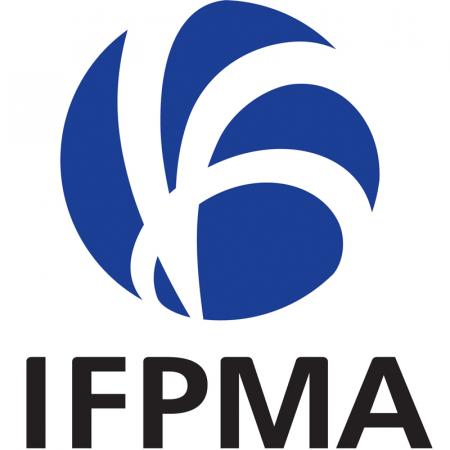Tourism and the Global Vectoring of Antimicrobial-Resistant Disease: What Countries Are Most Impacted?
The study explores how international travel contributes to the global spread of antimicrobial-resistant (AMR) bacteria by modelling travel flows for 241 countries in 2019 and linking these with regional rates of resistance in Escherichia coli to third-generation cephalosporins and communicable disease burdens.
The authors find that returning travellers from regions with high AMR carry significant risk for their home countries (especially in Northern and Western Europe), while small-island tourist destinations face high risk from incoming visitors (e.g., the Caribbean). They argue these travel-related vectors for AMR must be factored into public health and One Health strategies—especially given that many acquisitions likely occur via environmental exposure (water, food) rather than healthcare contact.
AMR NEWS
Your Biweekly Source for Global AMR Insights!
Stay informed with the essential newsletter that brings together all the latest One Health news on antimicrobial resistance. Delivered straight to your inbox every two weeks, AMR NEWS provides a curated selection of international insights, key publications, and the latest updates in the fight against AMR.
Don’t miss out on staying ahead in the global AMR movement—subscribe now!






